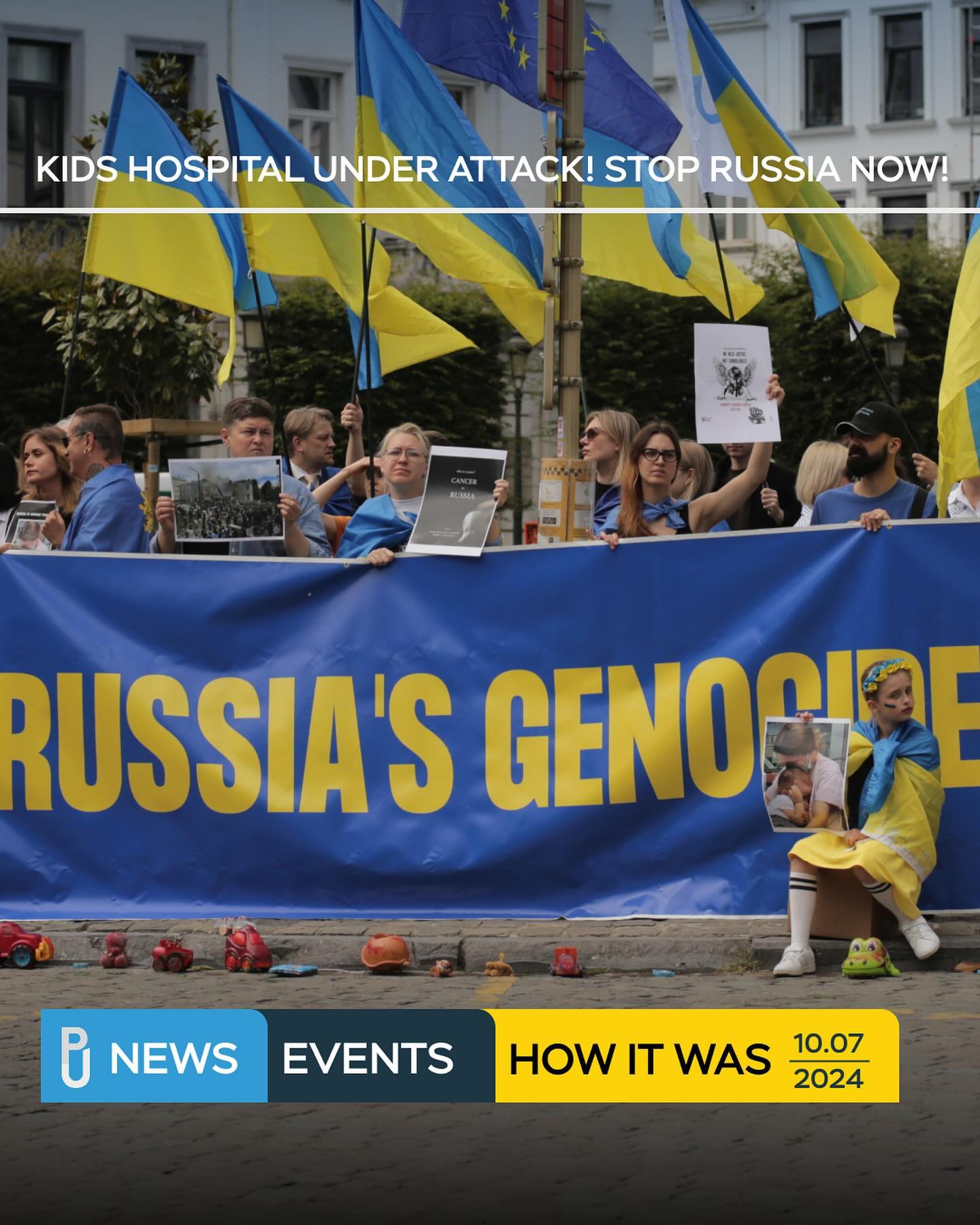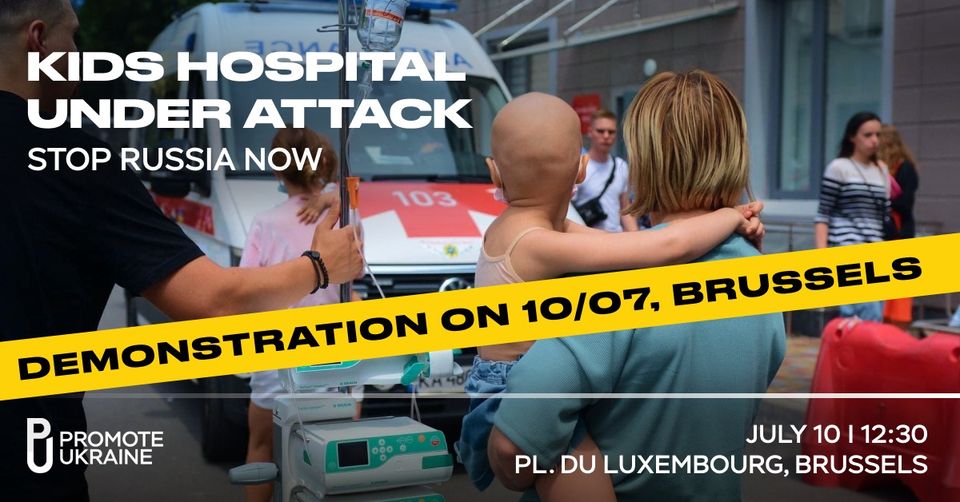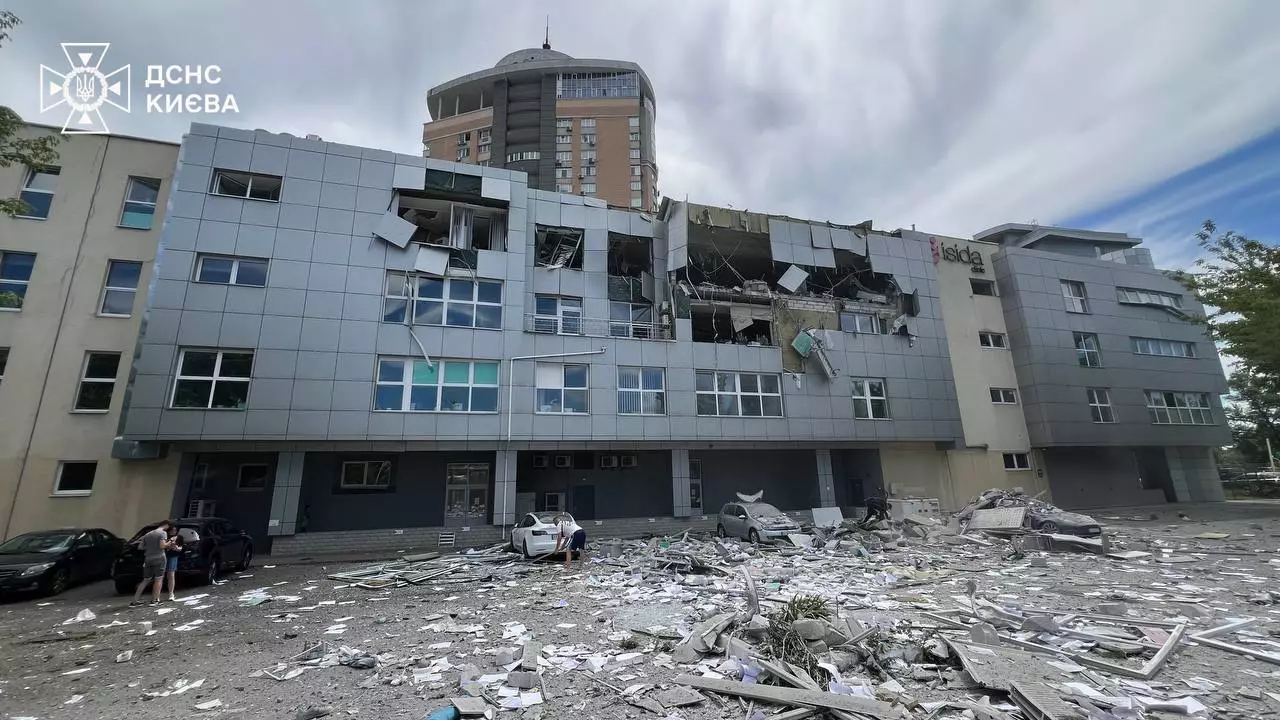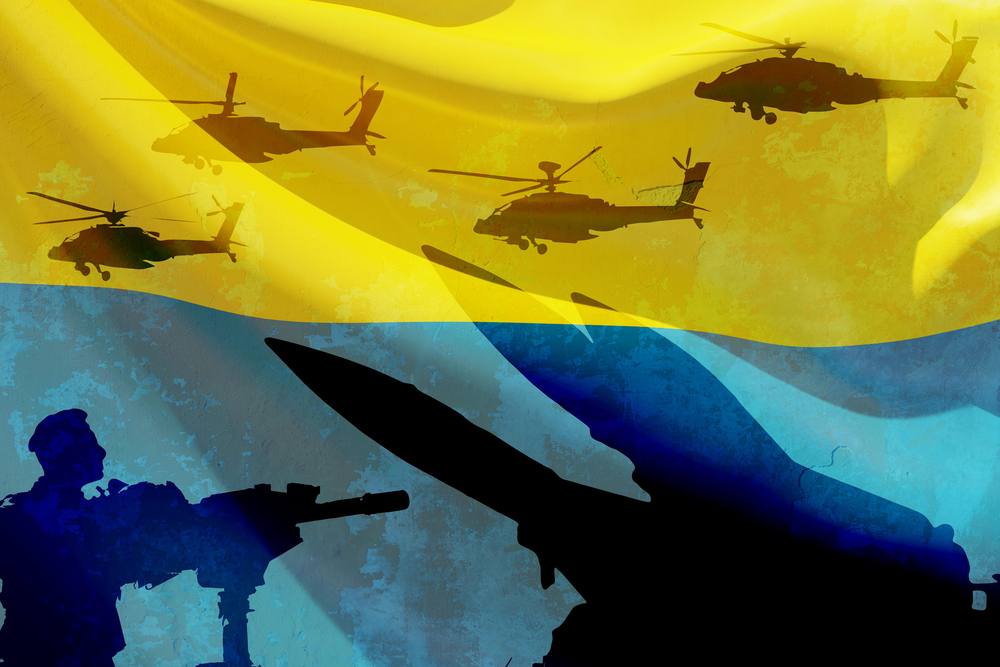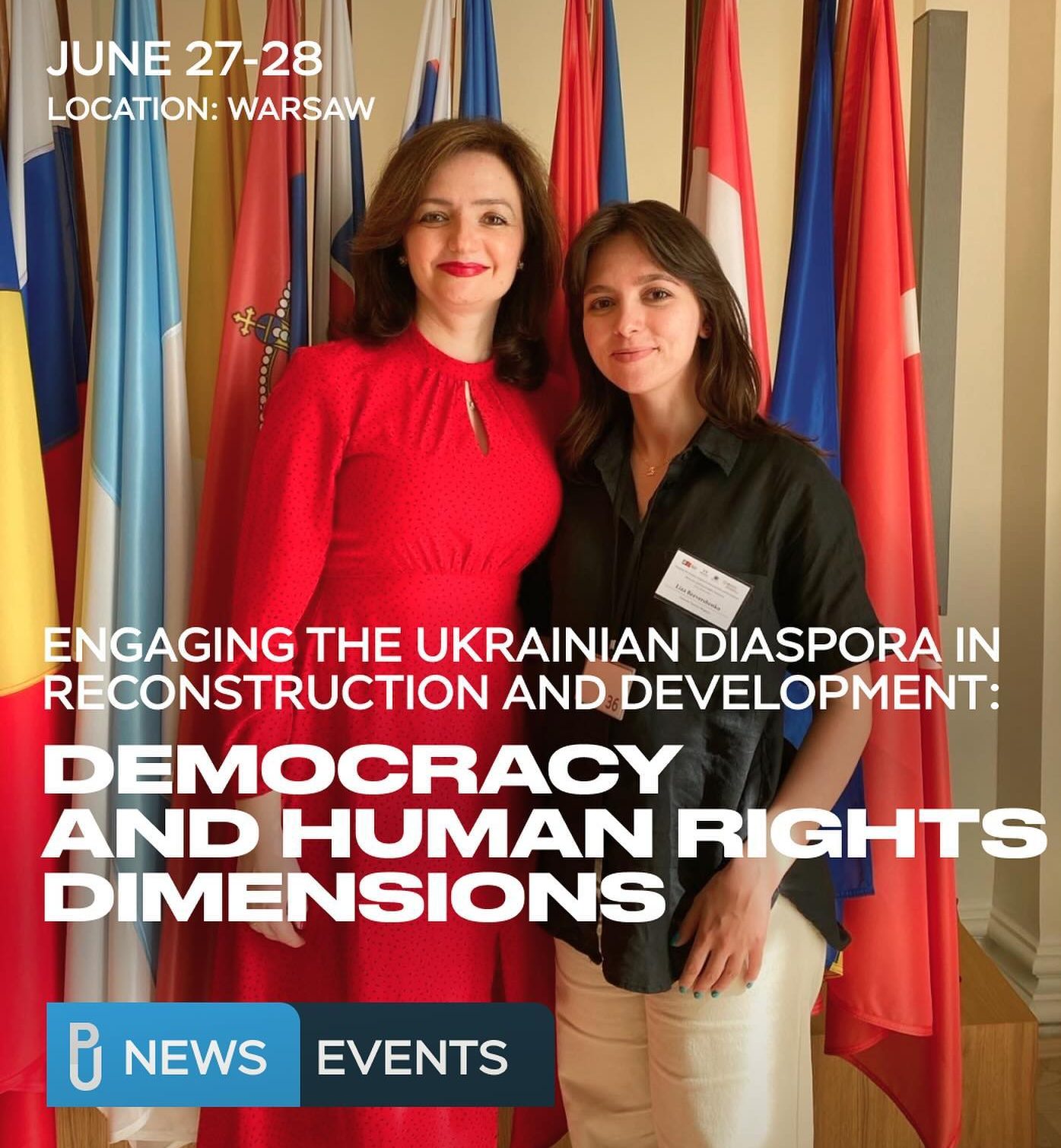With an astonishing 80.23 percent of votes in the recent Belarusian presidential elections, the incumbent president – Alyaksandr Lukashenka – has once again secured a landslide victory over his opposition. His sixth consecutive victory, however, was met with mass protests in the capital, Minsk, over the falsifications and electoral fraud that have become apparent in the aftermath of these elections. Yet, despite a history of electoral fraud, Belarusians appear to have had enough of Lukashenka and his never-ending rule, mobilising in numbers of up to 300,000.
As a response to the peaceful demonstrations, the government deployed riot police to disperse the protestors, using batons, stun grenades, tear gas and rubber bullets. Violent clashes ensued, and to-date over 12,000 protestors have been detained, five killed, and dozens more have gone missing. This inhumane use of force against peaceful demonstrators has often drawn parallels with Ukraine’s Maidan, although whether such a comparison is justified is a different question in and of its own.
In order to answer this question, this article will attempt to explore the underlying structural assemblages that underpin both Belarus and Ukraine. In doing so, it will look at how national identification has served as a key mobilising tool in Ukraine, while the relative unanimity over the question of national identity in Belarus, as well as Lukashenka’s monopoly over the national idea, has deprived his opposition of a crucial mobilising resource. Finally, the article will conclude by looking at the protests themselves and assess their consequences for both Belarus and Ukraine.
The question of national identity in Belarus and Ukraine
For a very long time, Belarus and Ukraine have shared a common past and culture. Both formed parts of Kyivan Rus and were later absorbed into the Grand Duchy of Lithuania. They were incorporated into the Polish-Lithuanian Commonwealth in the 16th century and became part of the Russian Empire in the 18th century. After a brief period of independence in the early 20th century, they became parts of the Soviet Union until gaining formal independence in 1991. However, due to belonging to different kingdoms and empires for the vast majority of their history, the formation of their national identities has only taken root after the dissolution of the Soviet Union. At the same time, the development of Belarusian and Ukrainian national consciousness after 1991 has taken a radically different form in each country.
In Belarus, the communist establishment was always strong – the communist economic system worked, and it took the longest time for Belarus, out of any of the former Soviet republics, for perestroika and glasnost to take root. This comes as no surprise, as it was during the Soviet era, in the 1950s-1970s when Belarus transformed from a predominantly peasant society into a modern, industrial society. It was also the Soviet era that provided Belarus with its national symbols and heroic national tales about partisan resistance under Nazi occupation. In fact, the image of ‘Partisans’ as national heroes – popularised by the work of Vasil Bykaŭ – could be paralleled with the image of ‘Cossacks’ in Ukraine.
In an independent Belarus, there was relative unanimity over the question of national identification, and after coming to power in 1994, Lukashenka used the widespread popularity of a Soviet-Belarusian national identity and manufactured a system around it – a system that is, on the one hand, nostalgic of the Soviet era, but on the other hand, caters to the notions of Belarusian neutrality, independence and non-allegiance to either the West or Russia. Lukashenka solidified his rule by establishing a monopoly over this national identity and put himself and his apparatus at the centre of it. The logic then follows that anyone who votes against Lukashenka would vote against Belarusian independence and neutrality – one would essentially vote against Belarus.
This monopoly over the national idea deprived his opposition of a key mobilising resource, because too radical of a change in national orientation, such as integration with the European Union or, to a lesser extent, integration with Russia, would not find majority support. As a consequence, a large part of Lukashenka’s opposition agrees with the basic tenets of his regime: the fact that Belarus should remain independent, neutral, should not align itself with either Russia or the West, and should uphold a unique Belarusian identity that is indebted to its Soviet past.
This, however, is not the case in Ukraine. Even under communist rule, there was strong support for Ukrainian cultural nationalism centred in western Ukraine. The proportion of such a population constituted a sizeable 20-25 percent, and it was an ardent supporter of Ukrainian independence and a pro-European national orientation. At the same time, the southeast of the country legitimised Soviet rule, especially since the area was heavily industrialised and dependent on trade with the other Soviet republics.
After independence, the differences between the pro-Western and pro-Eastern sides became more apparent, culminating into a polarised and multi-vectored national identity. The west of the country supported a Western prospectus for Ukraine, whereas the southeast supported greater autonomy and better relations with Russia.
In contrast to Belarus, this identity polarisation played a key role in denying Ukrainian leaders the opportunity to establish a centralised authority the likes of Lukashenka. The only president who came close was Leonid Kuchma. He consolidated eastern Ukrainian ‘centrists’ – who supported an ambiguous position regarding Ukraine’s national orientation – and western ‘nationalists’, creating a basis for an autocratic state in the late 1990s. However, the release of tapes suggesting the president’s participation in the murder of a journalist and the widespread corruption linked to his regime alienated the West from Kuchma, forcing him to pursue closer ties with Russia.
This formulated the basis of the Orange Revolution which unseated Kuchma and his successor, Viktor Yanukovych, in 2004. Despite the protests initially being anti-corruption protests, they were also driven by support for a pro-European vision of a Ukrainian national identity. As a consequence, a pro-Western national orientation served as a vital mobilising tool – there was a sizeable proportion of the population that found a pro-Western orientation attractive and was able to mobilise against the incumbent power and foster change.
Therefore, it is possible to argue that national identification plays a crucial role in the ability of a leader to centralise power and the ability of the opposition to mobilise against such centralisation. In the case of Belarus, the unanimity and the subsequent monopoly on the national idea deprived Lukashenka’s opposition of a key resource that could challenge his rule, whereas in the case of Ukraine, a polarised national identity provided a substantial political force that challenged the incumbent power.
The case of Maidan and the ongoing Belarusian demonstrations
The difference between the Ukrainian and Belarusian opposition in their ability to use national identity as a mobilising force is an explanatory variable in why the 2006 and 2010 protests in Belarus were unable to achieve change, while mobilisation in Ukraine in 2004 and the winter of 2013-14 led to the overthrow of the government. This begs the question of what is different about the ongoing Belarusian demonstrations from all previous ones and, in comparison to Ukraine, whether Belarusians are experiencing their own Maidan.
In relation to Maidan, the protests that took place in the winter of 2013-14 followed a similar logic to the Orange Revolution, except the support for a pro-European national orientation was even higher in 2013-14 than it was in 2004. As a result, apart from being an anti-establishment protest, Maidan had an underlying idea to it that was able to mobilise a large part of the population. The failure of the Yanukovych government to sign the EU-Ukraine Association Agreement was a key factor in sparking the protests, initially mobilising the youth that wanted a European future. For the first couple of weeks the demonstrations were relatively peaceful, until the government decided to use excessive force to break up the protestors. This resulted in the demonstrations gaining traction as more people started standing in solidarity with the youth and, as a consequence, the protests adopted a hybrid nature. On the one hand, the protestors demanded the resignation of Yanukovych and his government. On the other hand, they demanded change, a pro-European reorientation in national policy.
In comparison, in Belarus the vote for the main opposition candidate – Sviatlana Tsikhanouskaya – and the subsequent Belarusian protests do not put into question Belarusian national identity – both are purely an anti-establishment reaction against Lukashenka’s rule. When people voted for Tsikhanouskaya, they did not vote for her as a potential presidential candidate, they simply voted against Lukashenka. It did not matter who the opposition candidate was – be it an inexperienced housewife or someone else – as long as there was someone but Lukashenka to vote for. As a consequence, her coalition garnered a hefty amount of support and a sizeable number of votes, which was more than the official 9.9 per cent figure. However, after the publication of the fabricated results, the unprecedented dissonance between Lukashenka’s 80.23 per cent and the amount number of people who actually voted for Tsikhanouskaya served as the initial spark that ignited the protests.
Following the logic of the vote, the current protests are also purely anti-establishment in nature. There is no underlying pro-European idea behind them. They are protests of mass dissatisfaction and anger with Lukashenka and his system. What distinguishes these protests from previous ones is their scale and decentralised nature. After Lukashenka arrested the opposition leaders of the 2006 and 2010 demonstrations, the protests subsided because there was no one for the opposition to rally around. However, the current protests do not have a figure that can be arrested – they are guided by spontaneity.
Perhaps, the ongoing protests might have subsided after a week if left alone, as they did in 2006 and 2010, but what added fuel to the fire was the violent crackdowns by the government apparatus in the first week of the protests. The scale of the crackdowns highlighted the degree to which the apparatus does not care about the opinion of its citizens. The excessive use of violence against them undermined one of the most fundamental ideological narratives of Lukashenka’s system – that it cares about the ordinary people and that it has their interests at heart.
As a consequence, although the protests might not be comparable to Maidan because national identity was never the issue, in their own right, these protests could be understood as a sort of struggle for dignity that caters to the unique circumstances of Belarus.
The consequences will be different
Overall, it is safe to conclude that the Belarusian protests offer a significantly different dynamic when compared to Ukraine’s Maidan, especially in terms of national identification. Given this difference, it is logical to assume that the consequences of these ongoing protests will also be different from Maidan, even though at this point nothing is certain.
On the one hand, conservative estimates suggest that the protests will end in a month or so and the situation will stabilise with Lukashenka retaining power. On the other hand, the protests are credited with enough potential to overthrow the government, in which case this raises the question of a Russian response. For instance, in the aftermath of Maidan, the Kremlin used the divide in Ukrainian national identity to seize Crimea and support a war in Donbas. However, since there is no identity polarisation in Belarus and Belarusians themselves have an amicable attitude towards Russia, a repetition of the consequences of Maidan is highly unlikely. Nevertheless, the Russian reaction is also dependent on the leader who might come to power and fill the void left by Lukashenka; and any alternative force that does come to power is free of Lukashenka’s track record of human rights abuses and has real potential for normalising relations with the West. In this case, it is reasonable to assume that Moscow will not sit by idly as an unpredictable political force enters the arena.
Furthermore, given the decentralised nature of the protests, much of its outcome is dependent on the formation of a strong and organised opposition – perhaps within the framework of the Coordination Council for the Transfer of Power. Lastly, the willingness of Lukashenka to go towards dialogue should also be taken into account when looking at the consequences of the protests. Overall, many facets still remain uncertain, yet what is certain is that Belarus will no longer be the same.
Artem Kyzym, BSc Vrije Universiteit Brussels






 UA
UA FR
FR DE
DE
